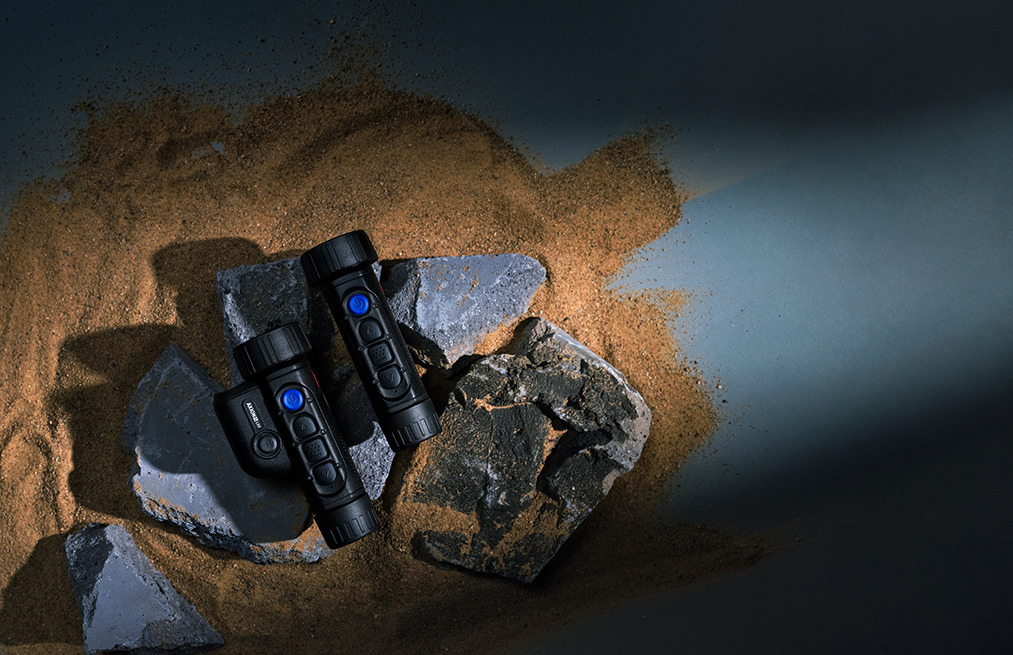Thermal Scope: A Powerful Tool For Nature Observation

Our range of scopes consists of:
- the ultra-compact Axion models, which ranges from the entry-level XM30F to the more advanced ones Axion 2 which you can get either with a built-in laser rangefinder or without one;
- our flagship Helion, including its incredible 2 XP50 PRO model;
- super versatile Proton, ideal for those just starting their thermal vision journey;
- Proton’s big brother Krypton – these scopes are modular and come equipped with a quick-release Pulsar monocular, used as an eyepiece.
What you will find in each scope by Pulsar is the impeccable quality of the device itself and the image it produces. We achieve this by using the best available components in the market – from sensors to objective lenses, batteries, and housing.
Since we develop, design and manufacture most of our devices and components ourselves, we are always confident about the quality and are proud carriers of the Made in Europe flag.
If you’re looking for a scope with extra functionality, you will be pleased to know we have a range of devices with built-in laser rangefinders for precise distance readings. This way, you will not need to carry an extra rangefinder, plus, you will always enjoy accurate distance readings, which are especially useful at night, when it is typically harder to tell the range.
Binoculars: Best Choice For Hunters, Explorers, And Scientists
Learn MoreAnd whichever scope you choose, you will get:
- a built-in photo and video recorder;
- WiFi module;
- the best possible image processing algorithms we’ve developed in-house.
We continuously update the firmware, and you can get all news via the free Stream Vision 2 app. There are a few other perks in there, which you’ll discover once you register your device.
If up until now you’ve been looking for an infrared scope, we’re inviting you to reconsider and choose a scope instead. Our main reasoning? You can use a thermal optic scope 24/7, while an infrared scope, typically, will be only designed for nighttime use only.

We also can’t help but notice that with a scope, you will be able to observe nature in almost any conditions. And we aren’t only talking about precipitation – although you will be able to rest assured that your scope is fully waterproof if you get one from us – our devices are also designed to withstand extreme temperatures, from -25 to +50°C. Although we did take one to Lapland some time ago, and we are proud to report it worked smoothly in even lower temperatures.
Meanwhile, the thermal sensors we use are sensitive enough to deliver a clear image even during rain, snow, or cold and foggy mornings – conditions that are typically very tough for a thermal image scope.
Have a look at scopes by Pulsar and choose the one that suits your needs best.